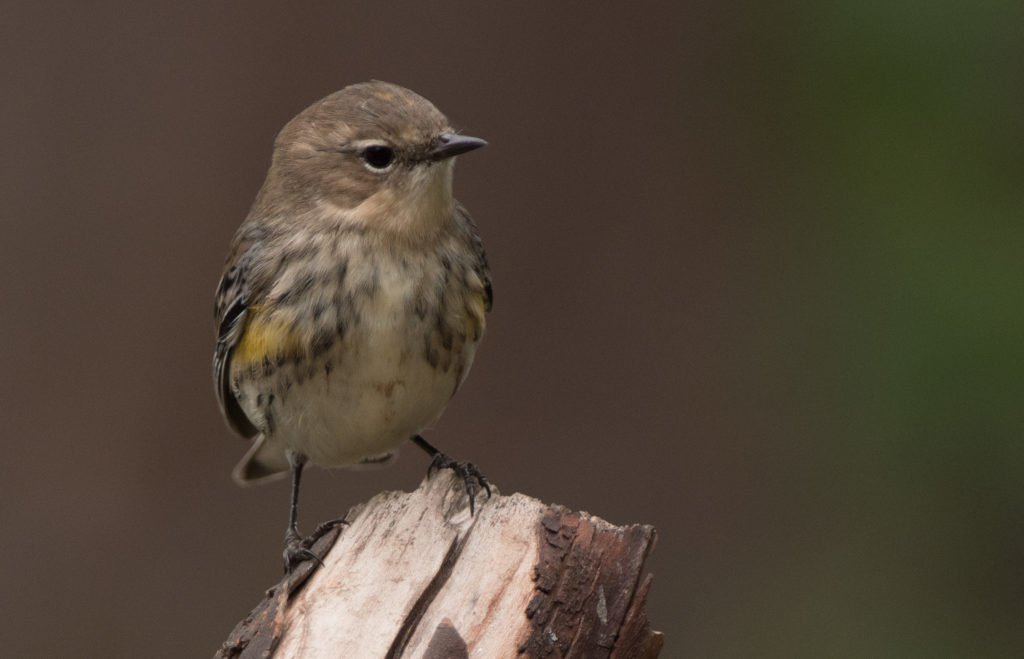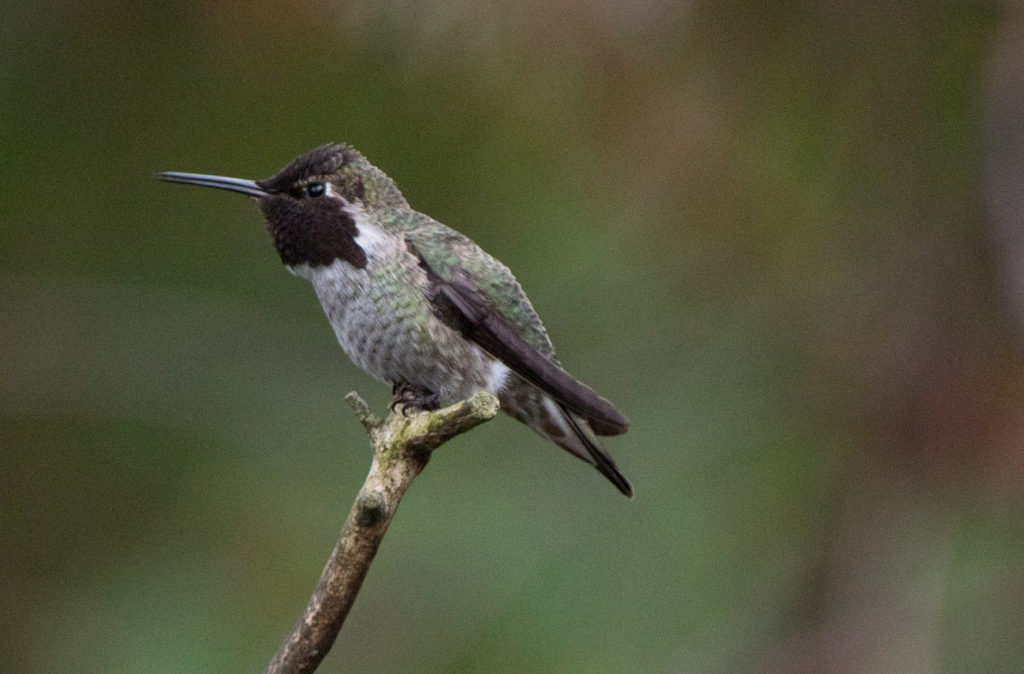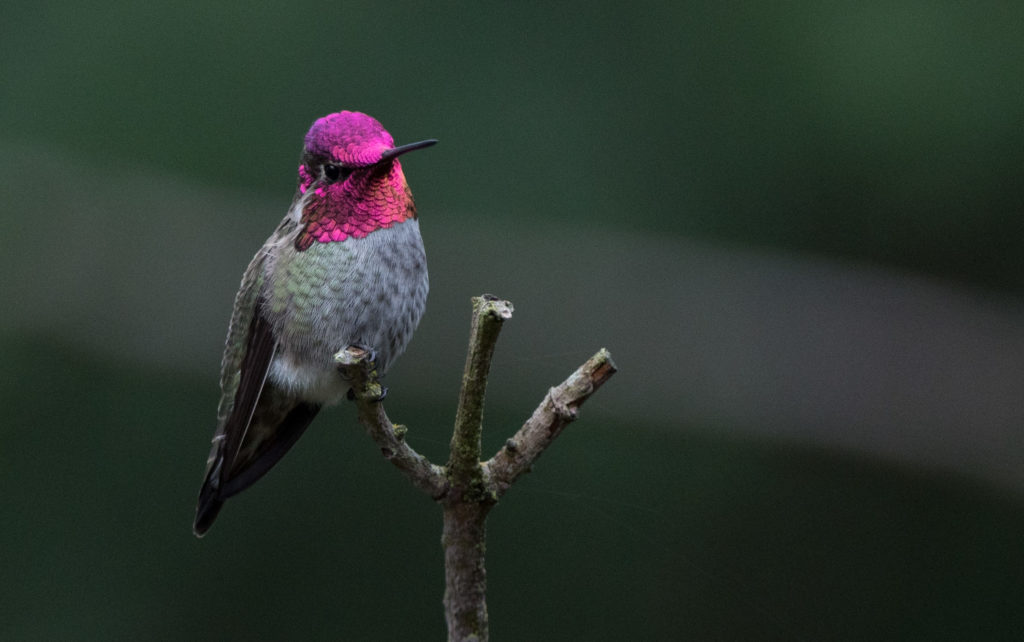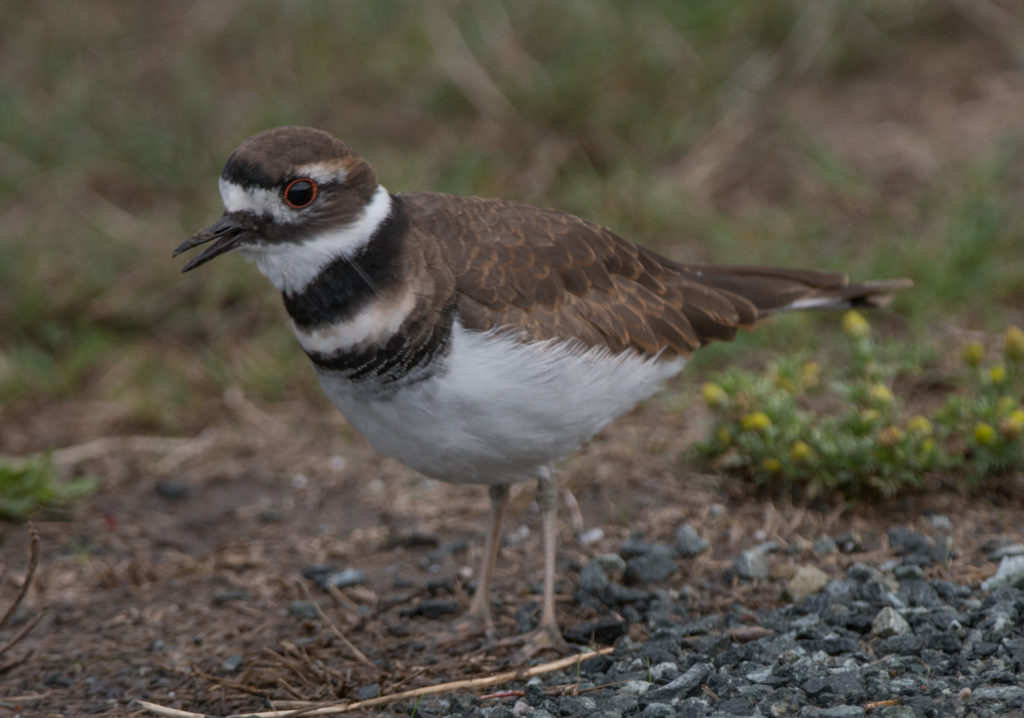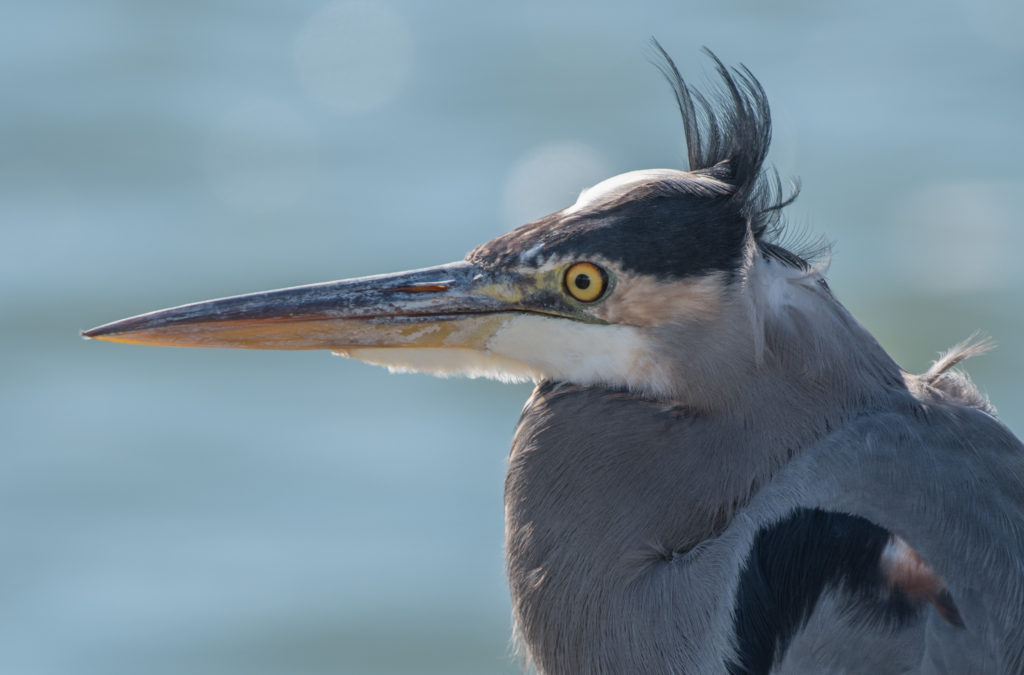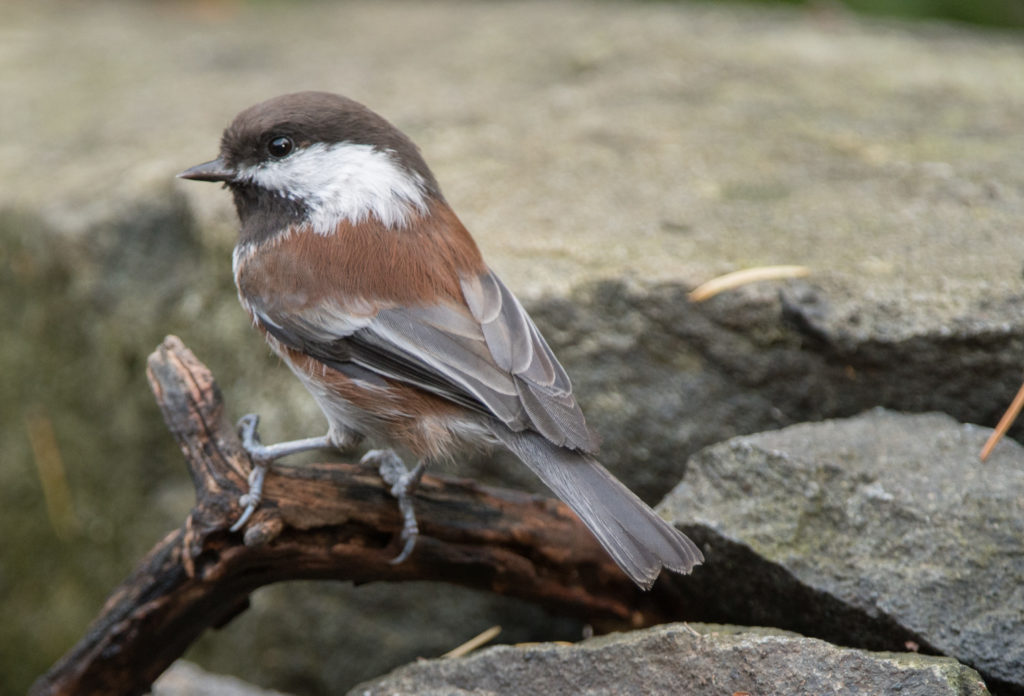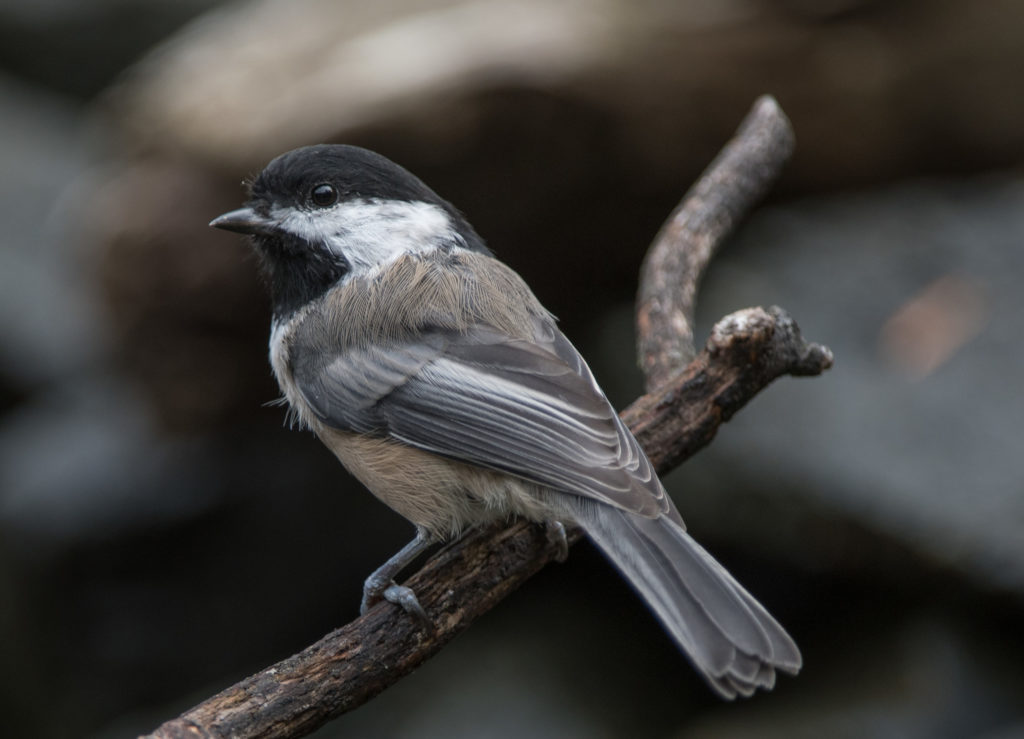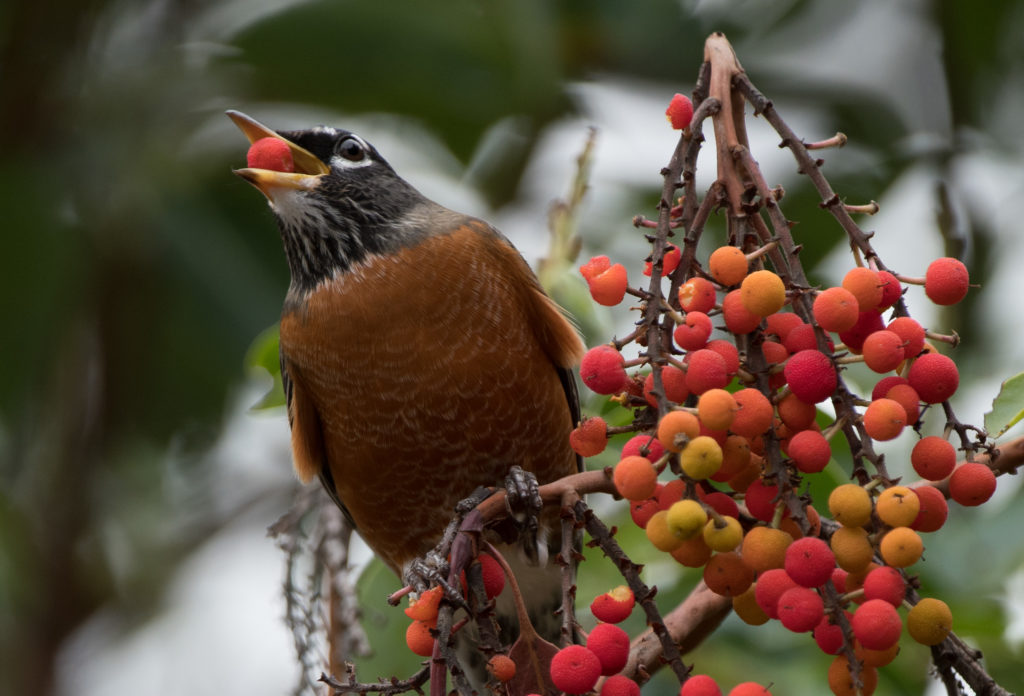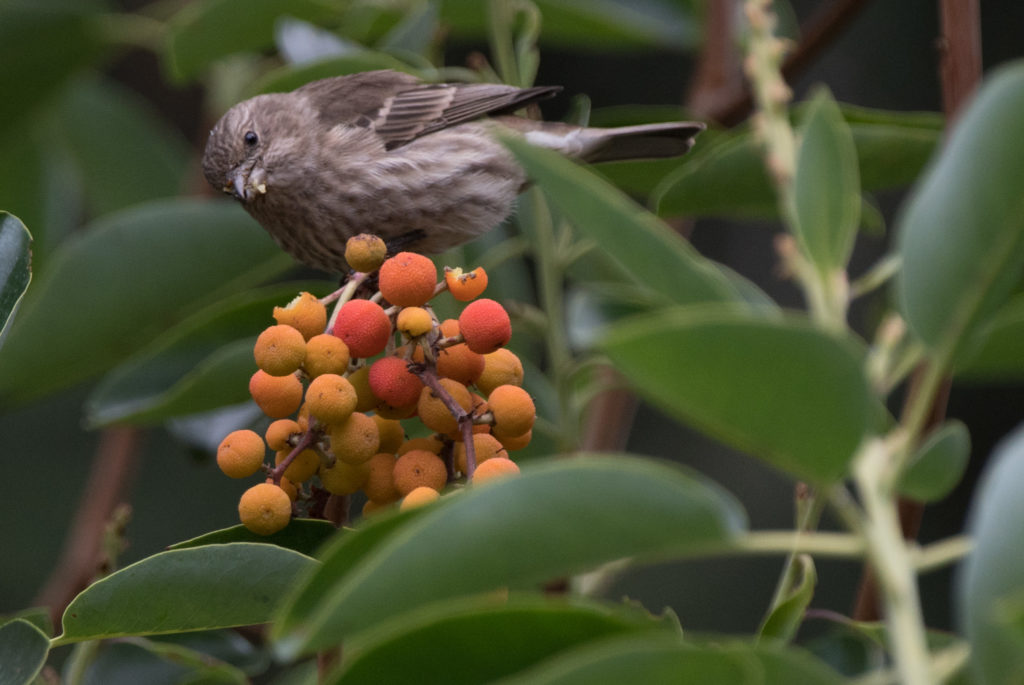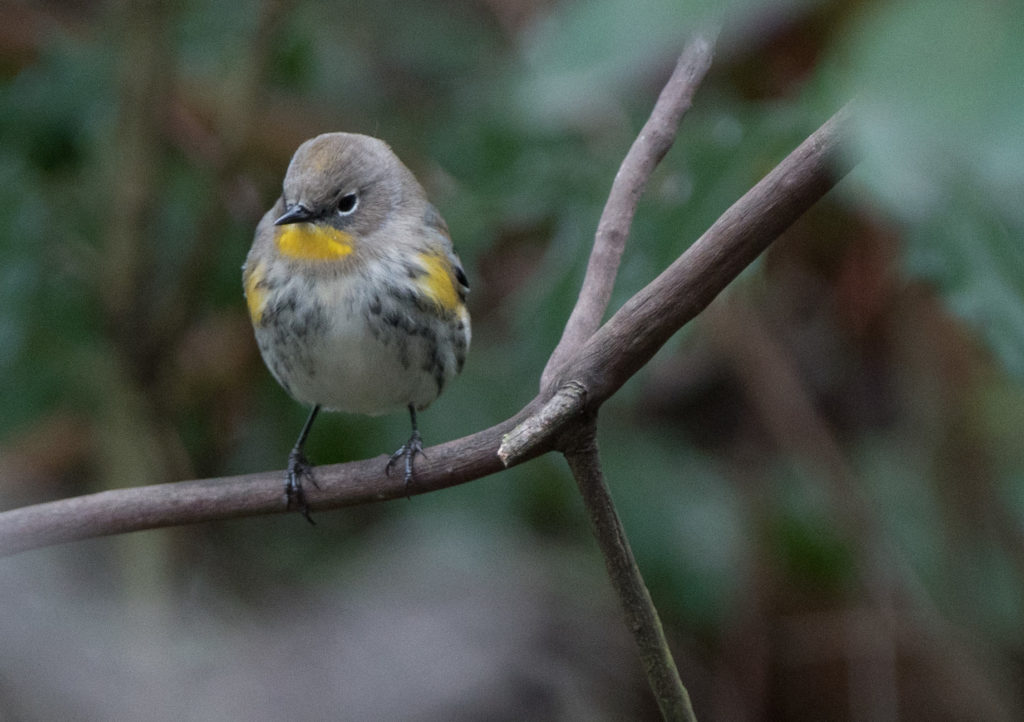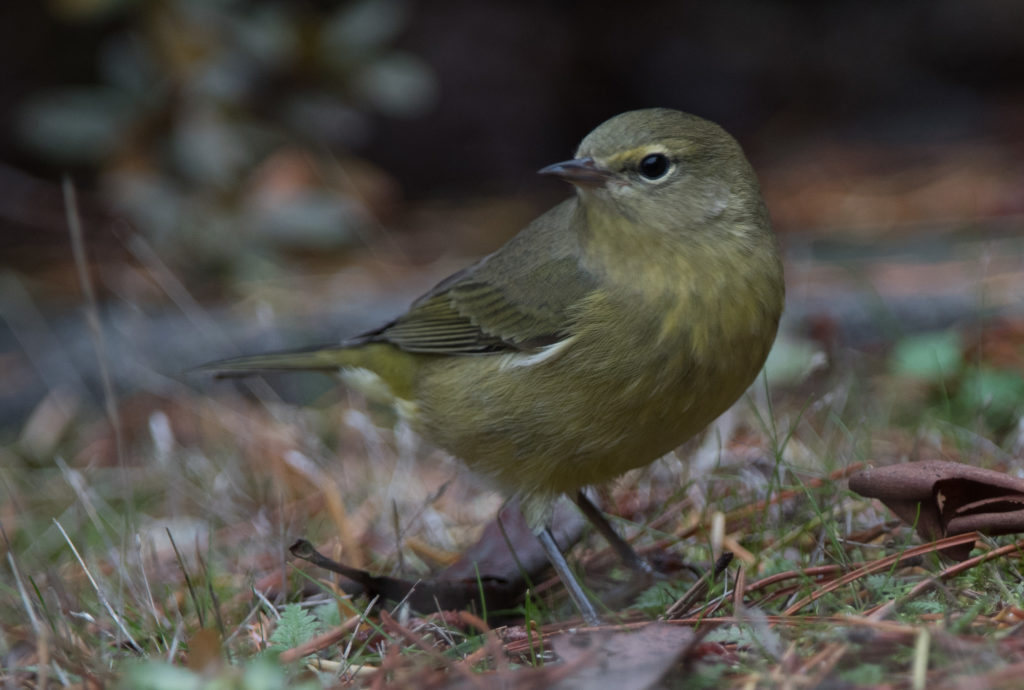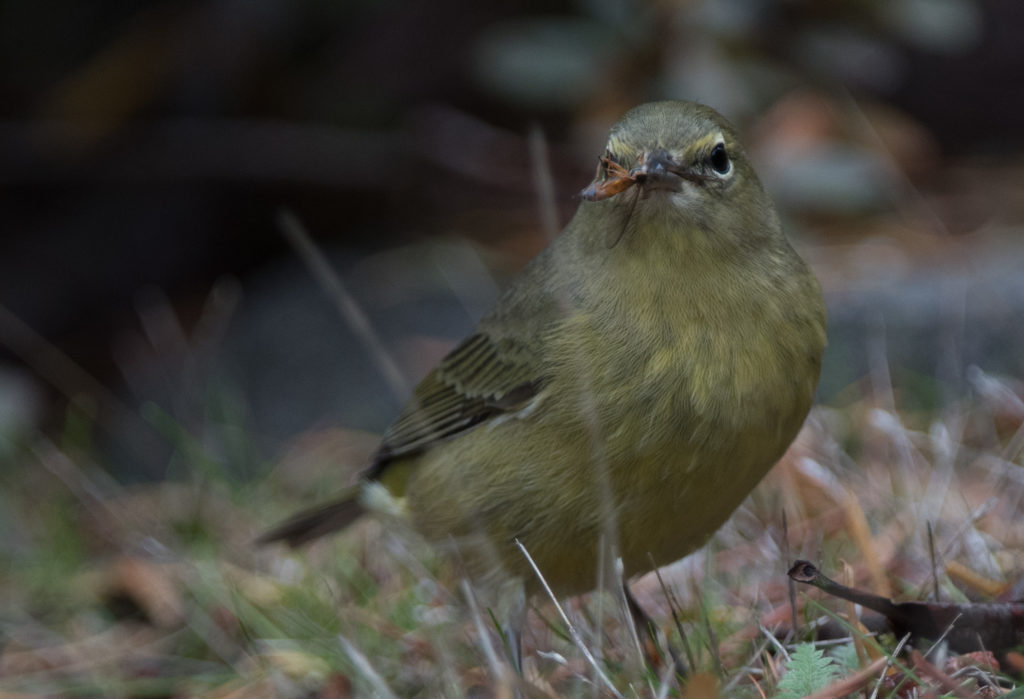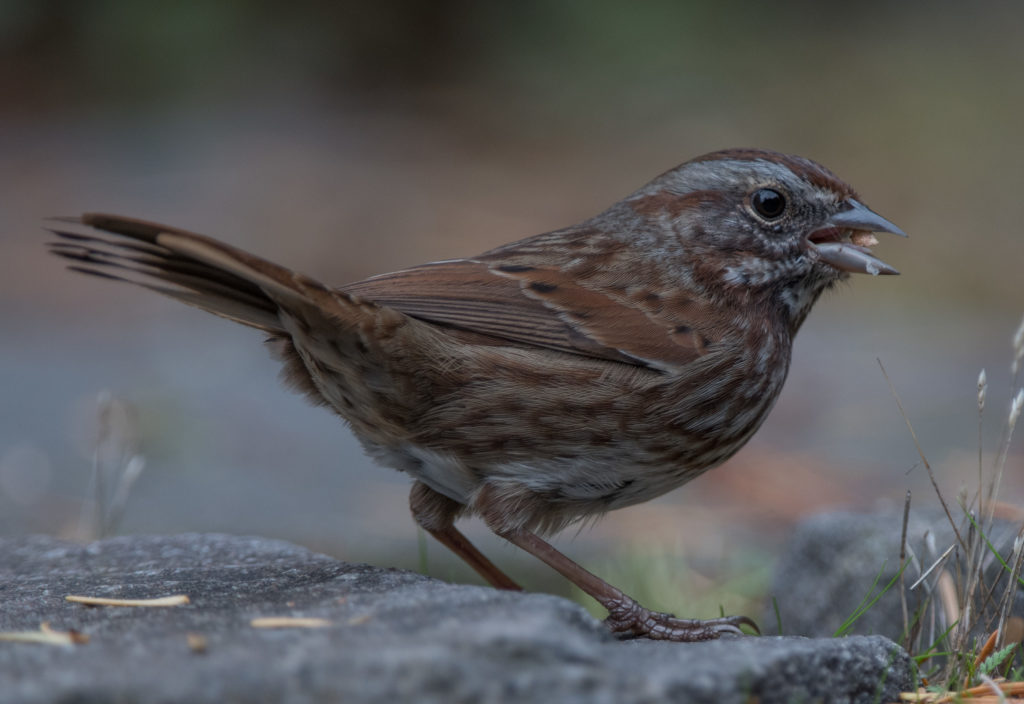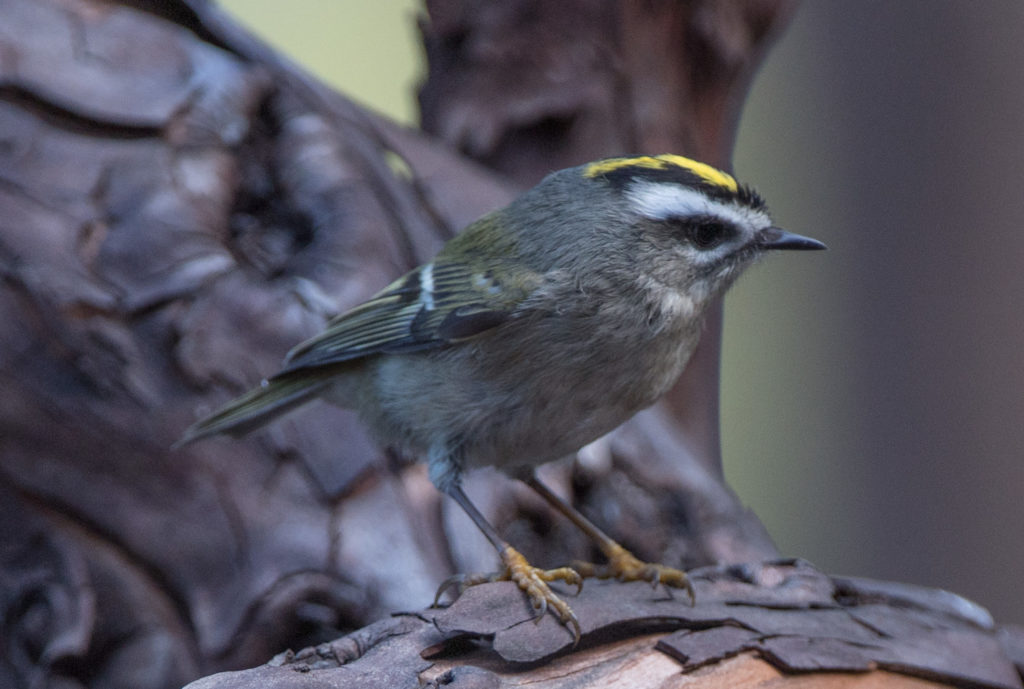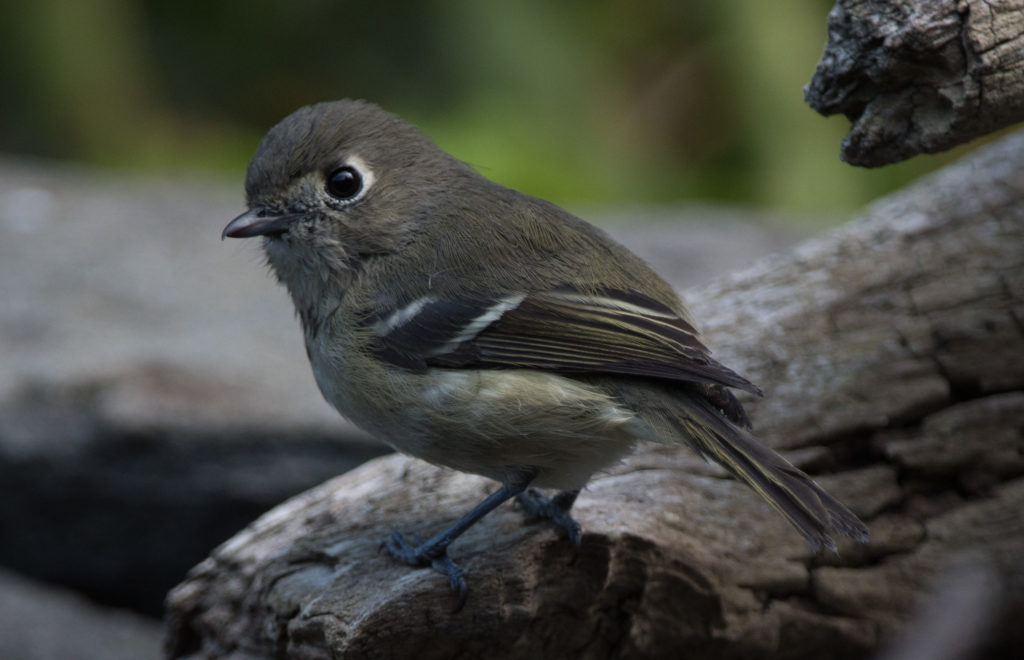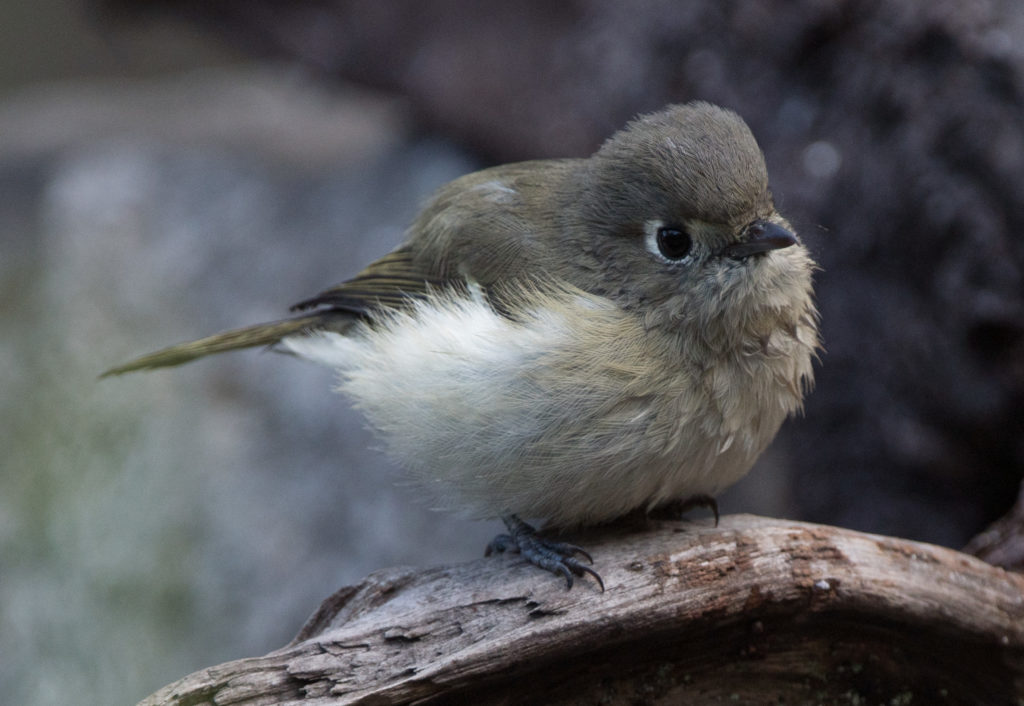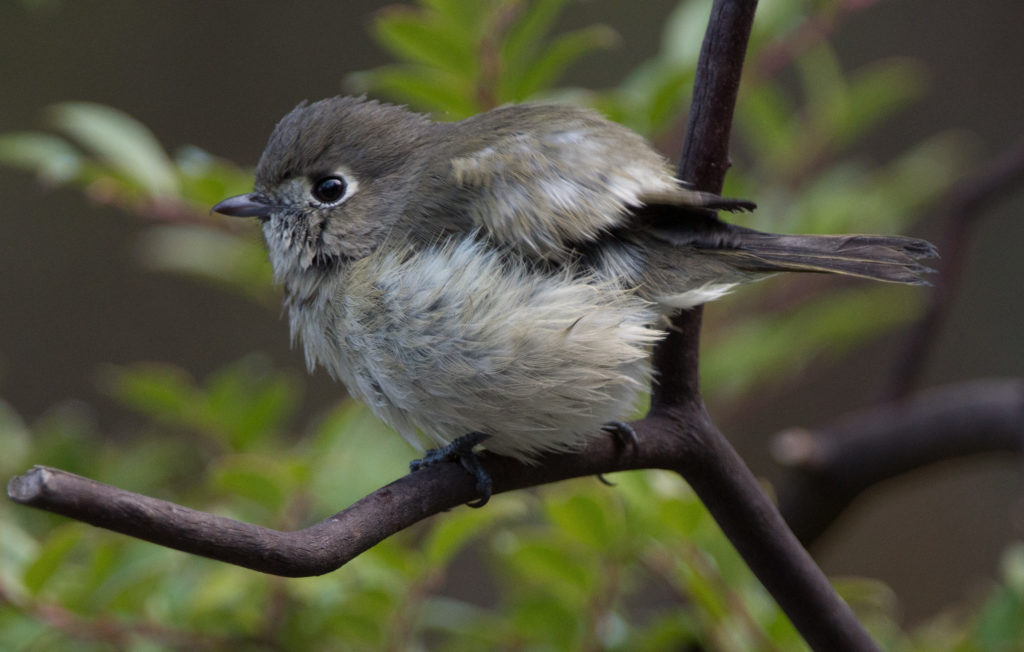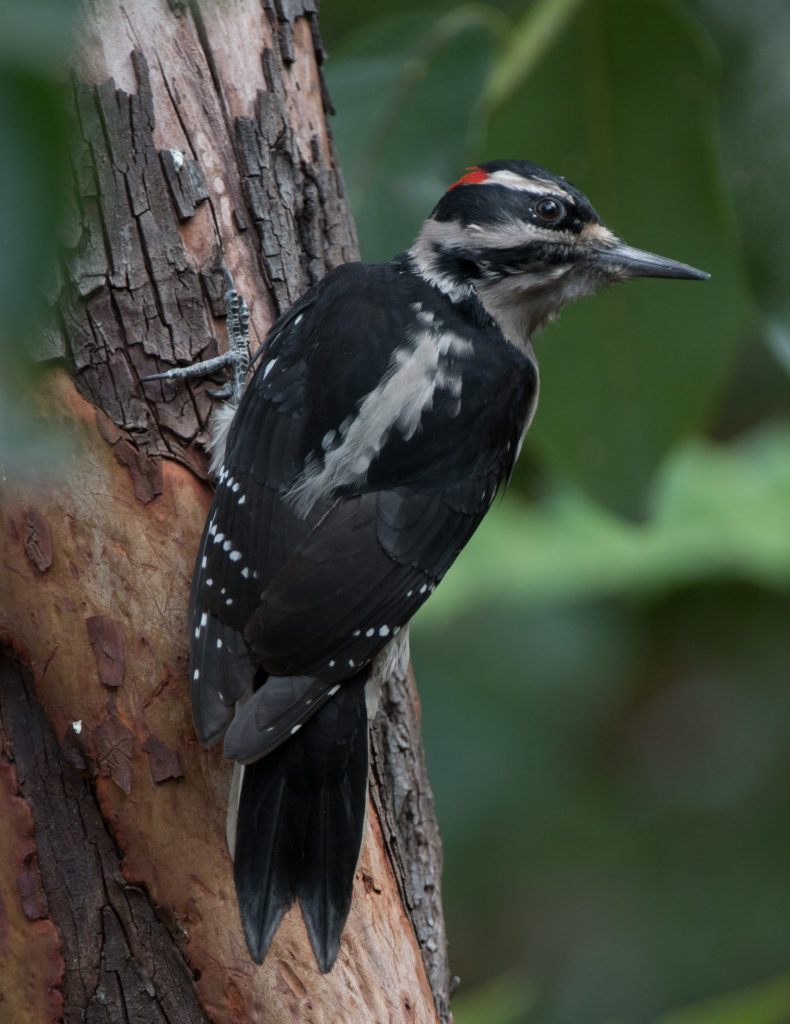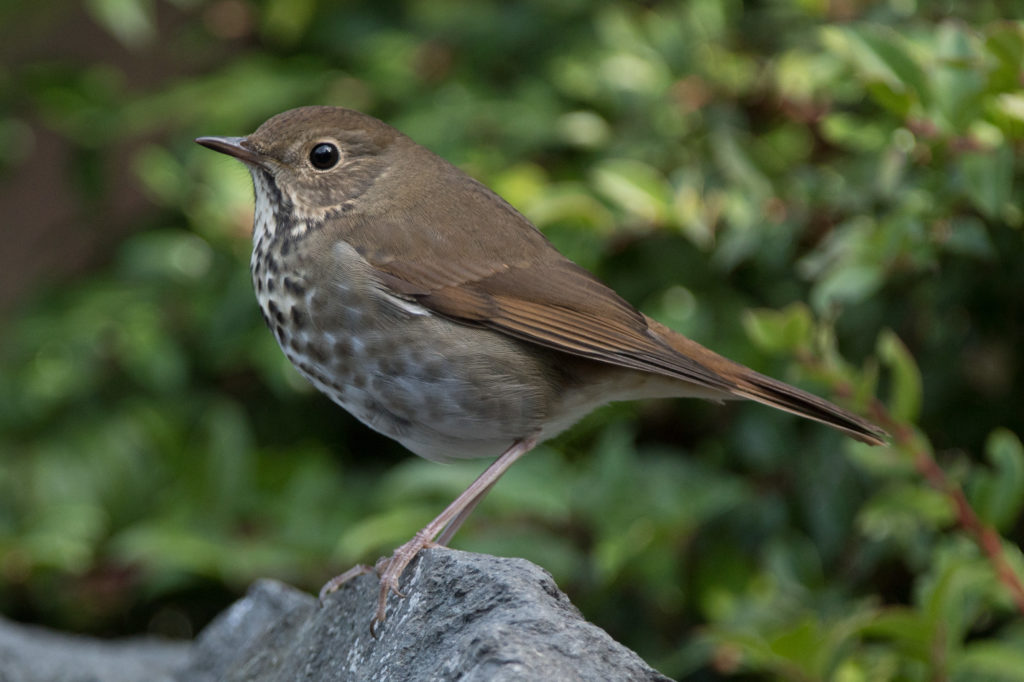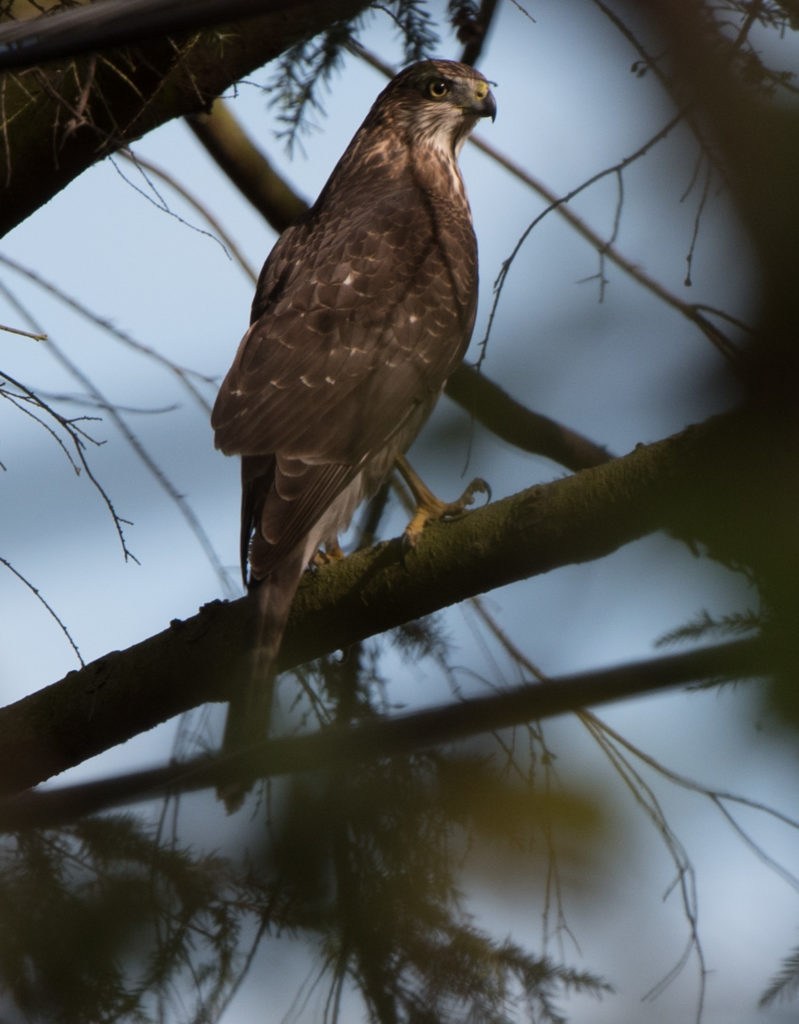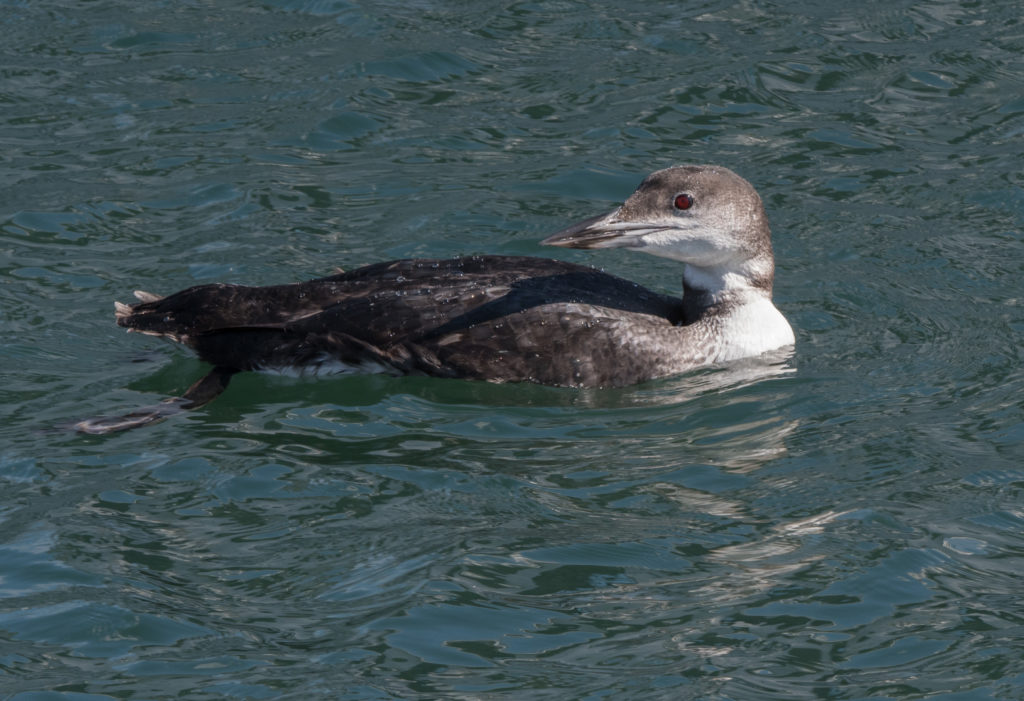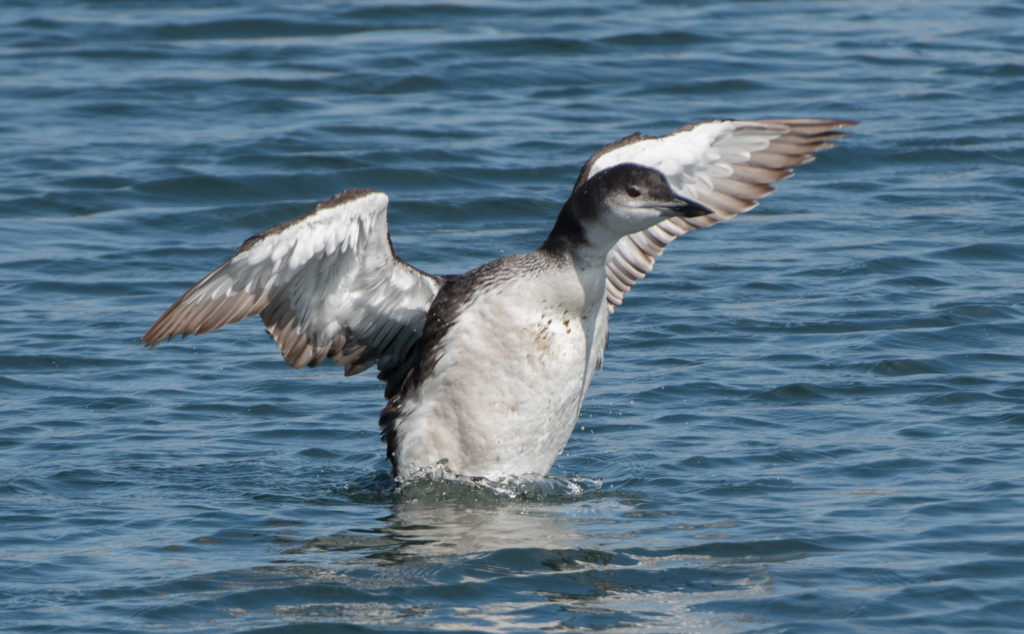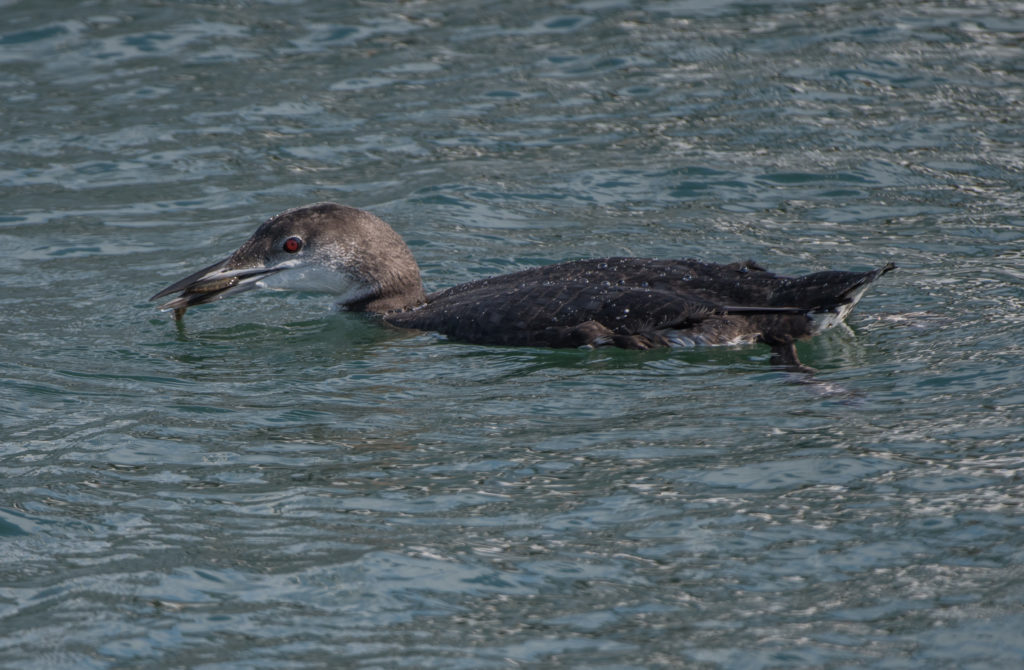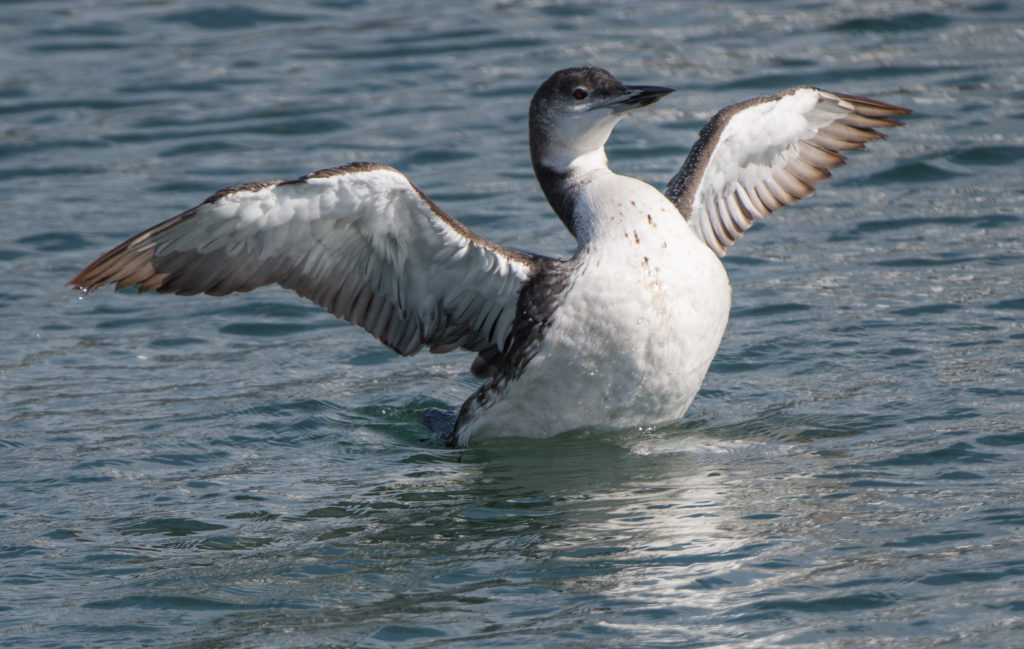This fall has been an interesting time of year and has resulted in fall migrants and winter birds showing up in the yard. It’s a welcome change from what had become rather standard fare over the past couple of months.
Some of our most welcome visitors have been what is apparently a family of Brown creepers which visit a rock bird bath in the yard several times each day. On one occasion I saw three creepers around the bath at one time, and on another occasion or two I observed two. As I’ve said before, the creeper is a fairly difficult bird to photograph… it seldom pauses its frenetic activity and its camouflage feathering seems to make it difficult for my camera to get a good focus, and the camouflage is so effective that even with a good focus the feathers on the bird’s back look out of focus. Look carefully at the size of these birds’ feet… they must be the Alley Oops of the bird world!
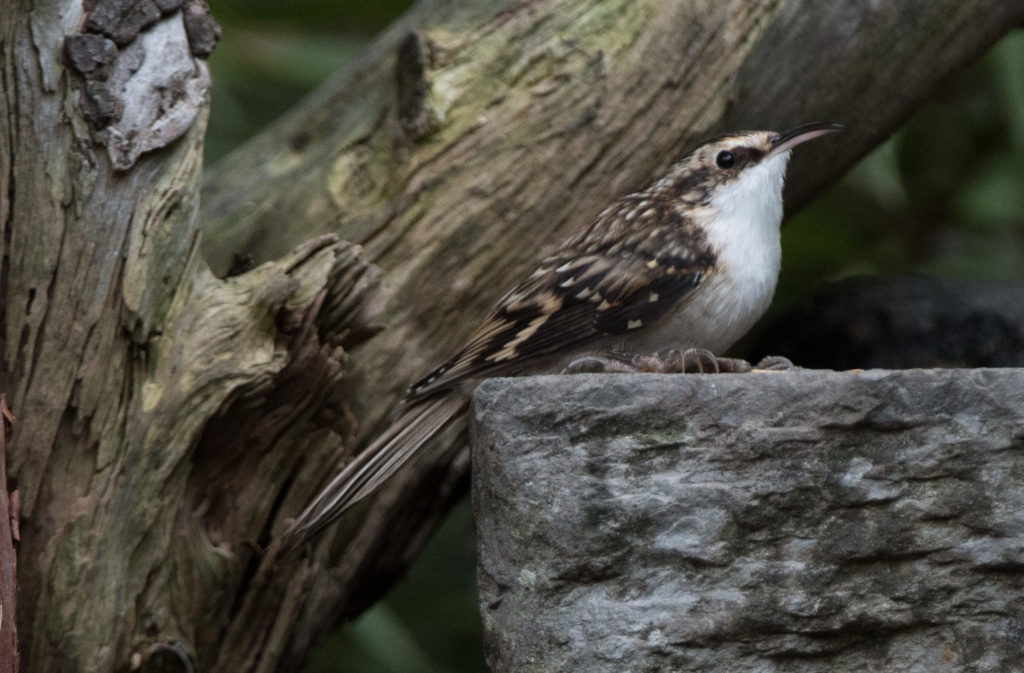
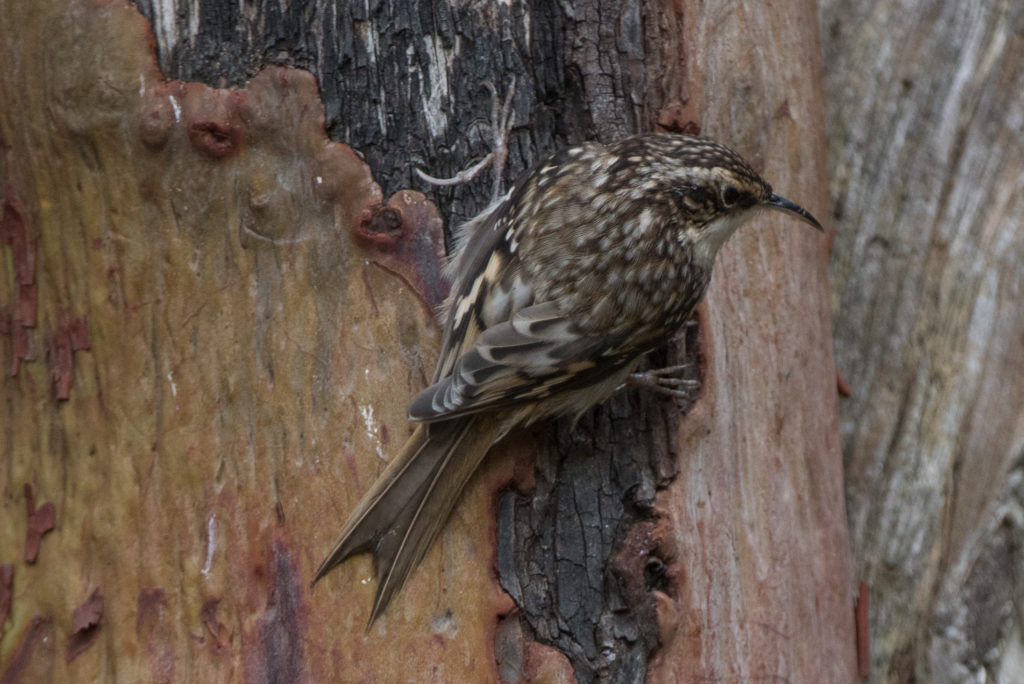
We still have at least two Anna’s hummingbirds which may end up staying the winter with us. I always feel bad about the birds staying, but since they remain whether or not we feed them I continue trying to support them. In this case the bird pictured is a male.
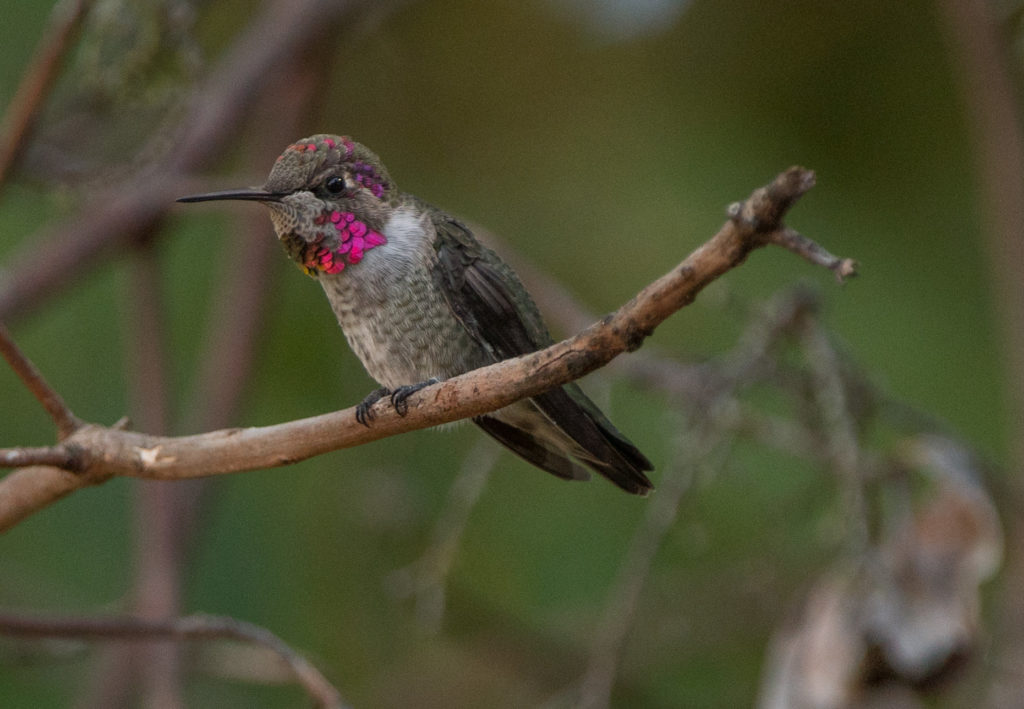
The Dark-eyed juncos (Oregon race) are back, although no yet in great numbers. During the winter months they are probably our most numerous species, although in some years that distinction might be challenged by Pine siskins. And just a couple of days ago my wife observed a Dark-eyed junco of the Slate-colored race in the yard… which will make ten years that at least one has visited us in the winter.
Juncos are one of my favorite birds with regard to their feather pattern and the contrast between the feathers on the birds’ hoods and those on the rest of their body.
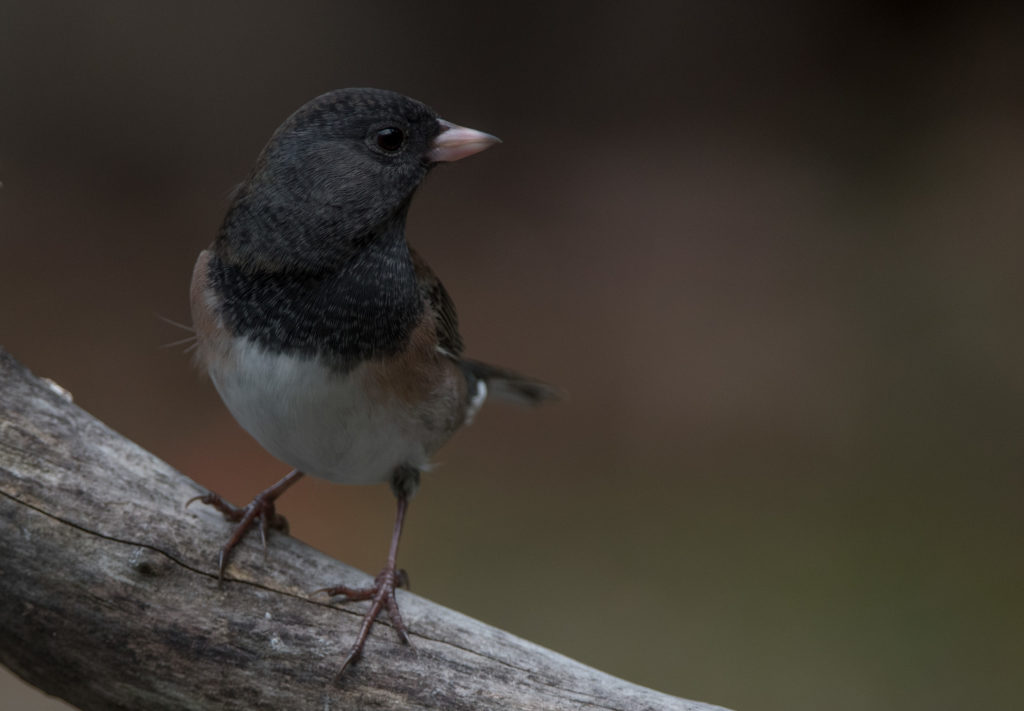
This past week we witnessed the return of a Fox sparrow to the yard. We should have at least one all winter.
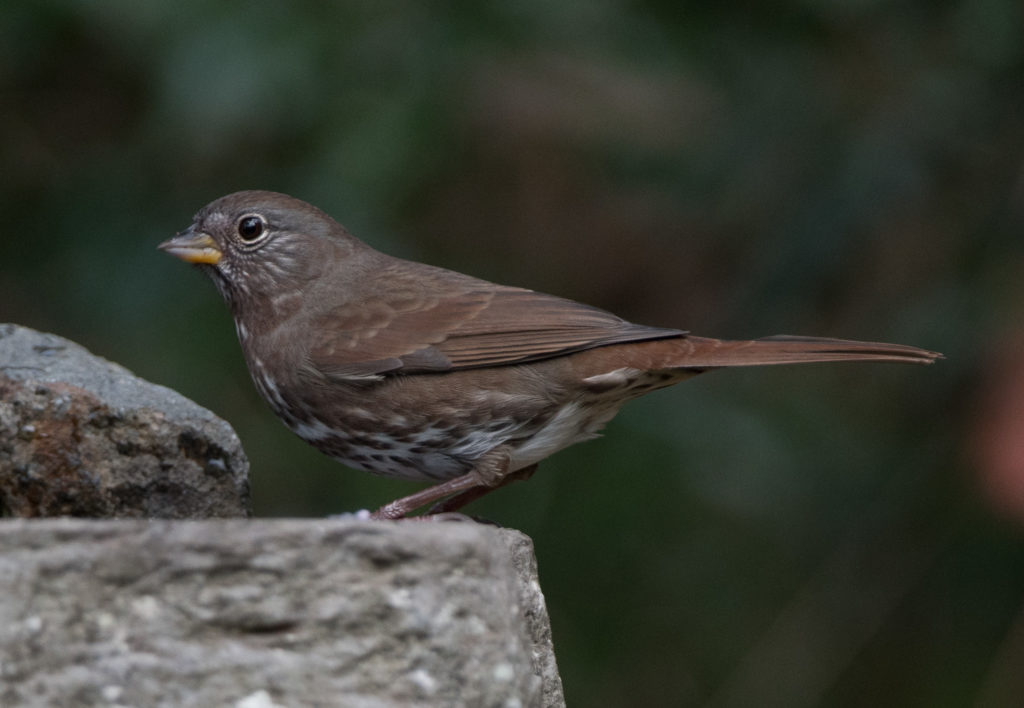
During the spring and summer we had rare visits from both Golden-crowned kinglets (pictured below) and Ruby-crowned kinglets. The Golden-crowned kinglets are now fairly frequent visitors to the yard and often show up in pairs. I believe this is a female pictured.
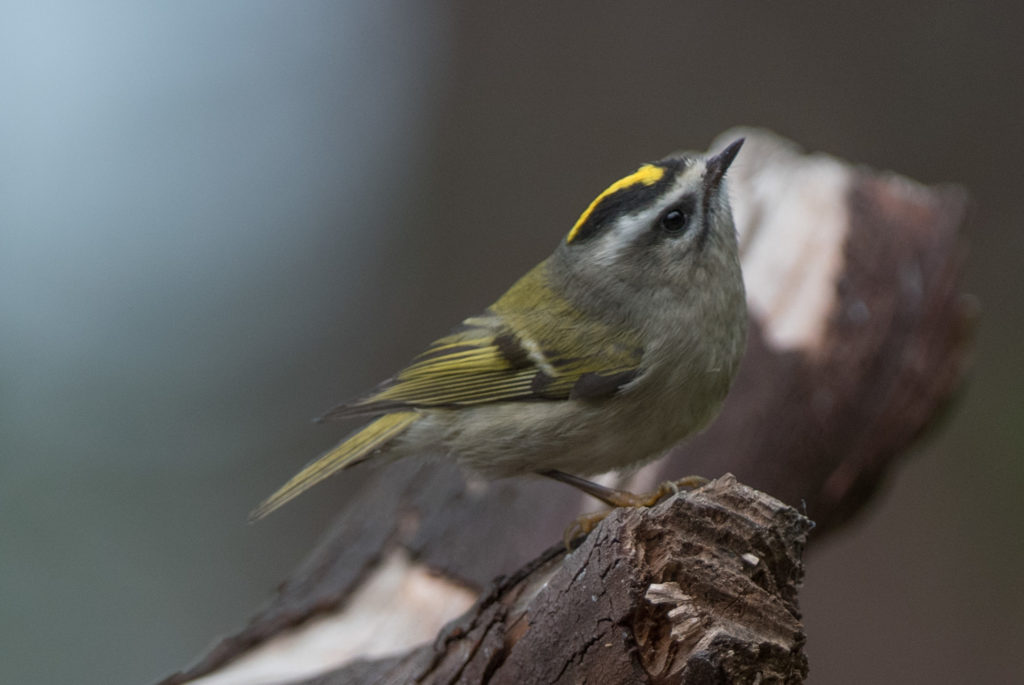
We’re still hosting the male Hairy woodpecker from earlier this summer. This is the first one we’ve had here at the house in several years, and one day several weeks ago it visited with another male.
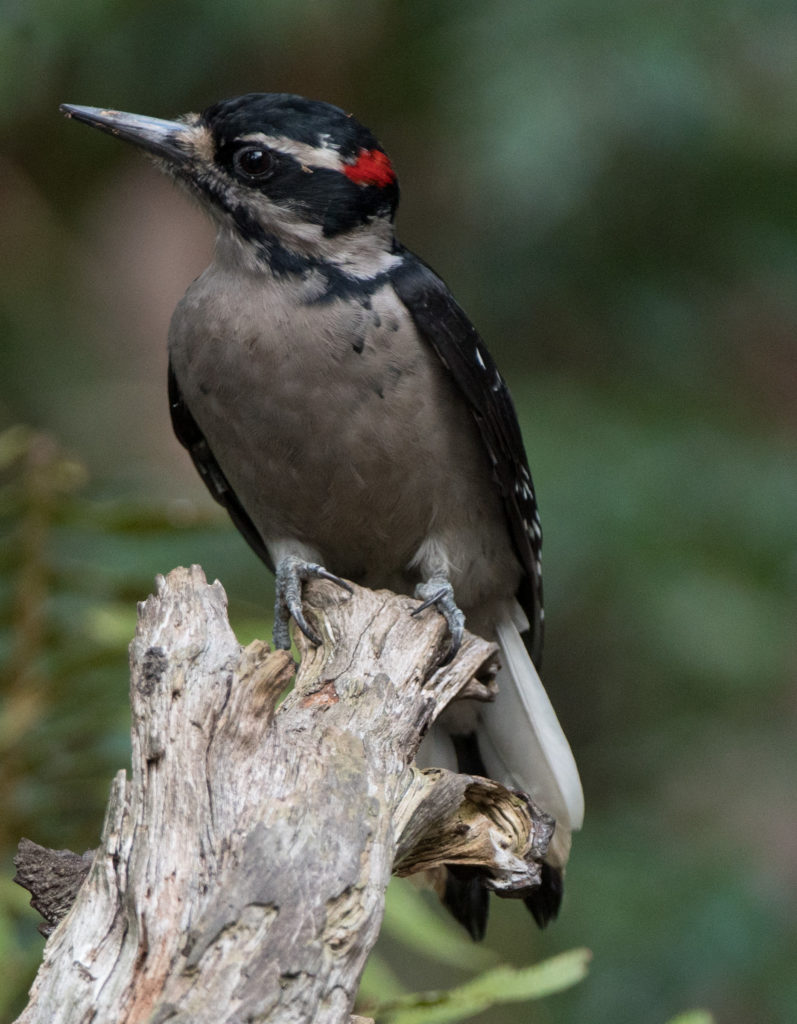
Our Golden-crowned sparrows are back and we have 4-5 in the yard most days. Already this fall we are hosting five different species of sparrows: House, Fox, Song, White-crowned and Golden-crowned. That will probably be it for the winter unless we get a very unusual stray. And we still have an ample supply of their cousins: American goldfinches, House finches and the juncos I already mentioned.
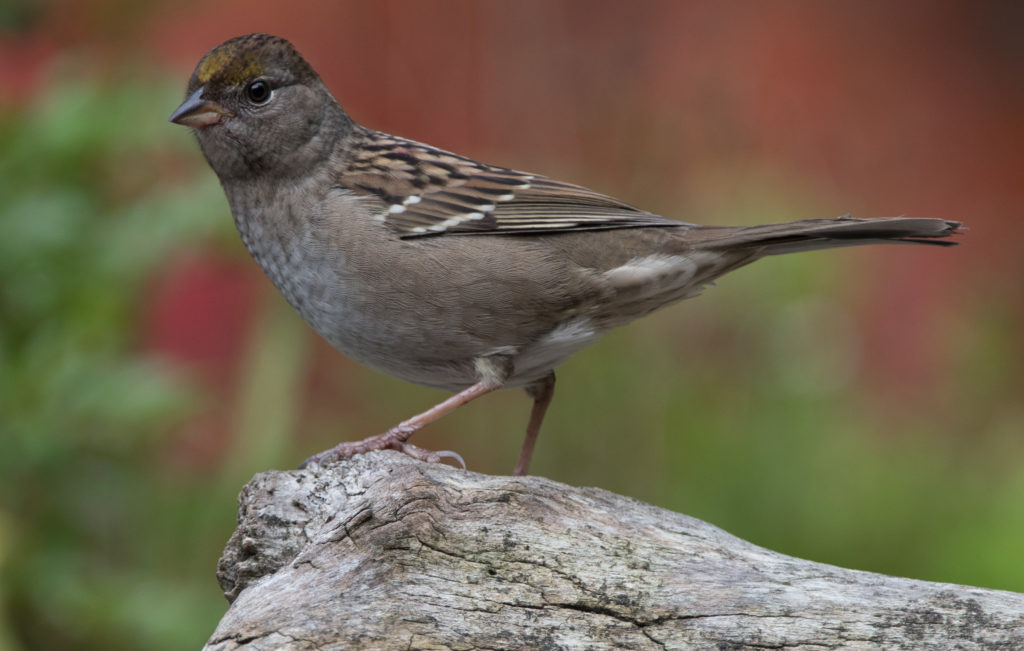
And finally, after I presumed that the warbler migration was about over, we’re getting a good many Yellow-rumped warblers in the yard. Most seem to be of the Audubon race, but the race, and to a greater extent the sex, can be somewhat difficult to discern at this time of year. I suspect the one pictured below may be a juvenile male Audubon’s with a hint of yellow on the throat and some very indistinct streaks of yellow on the top of the head.
